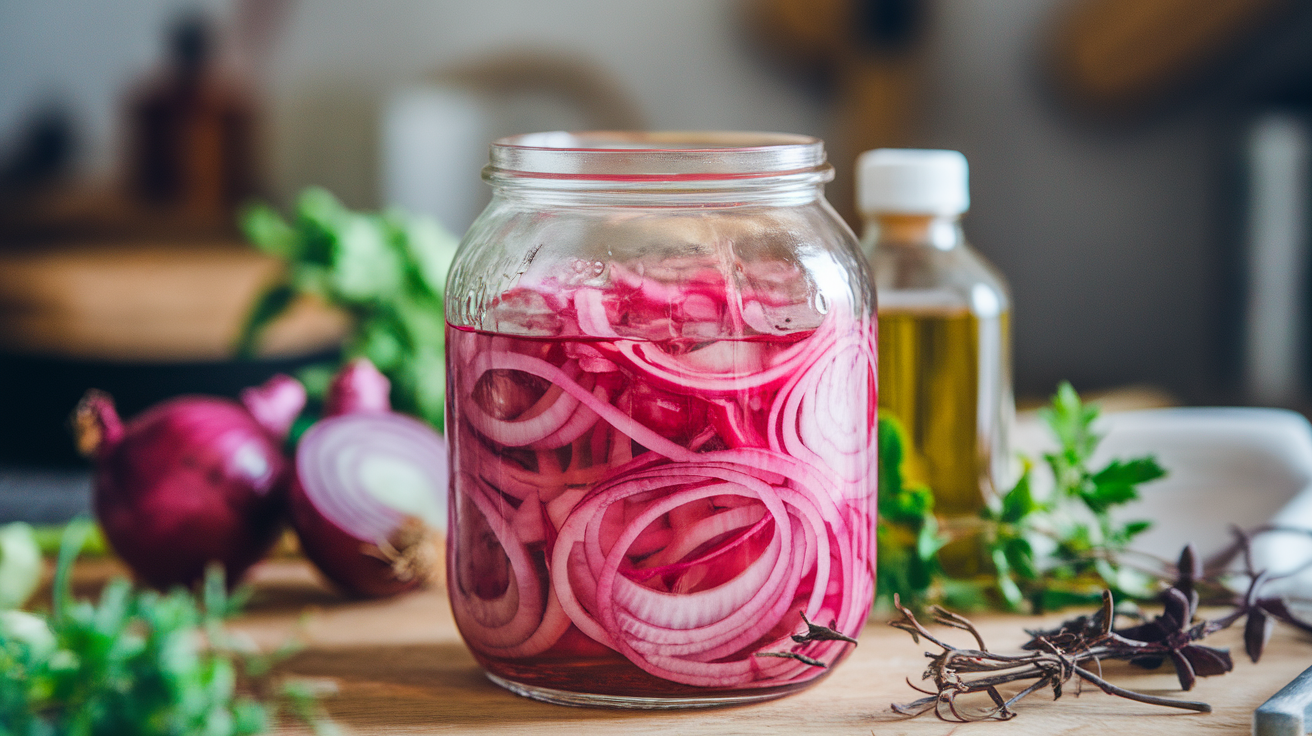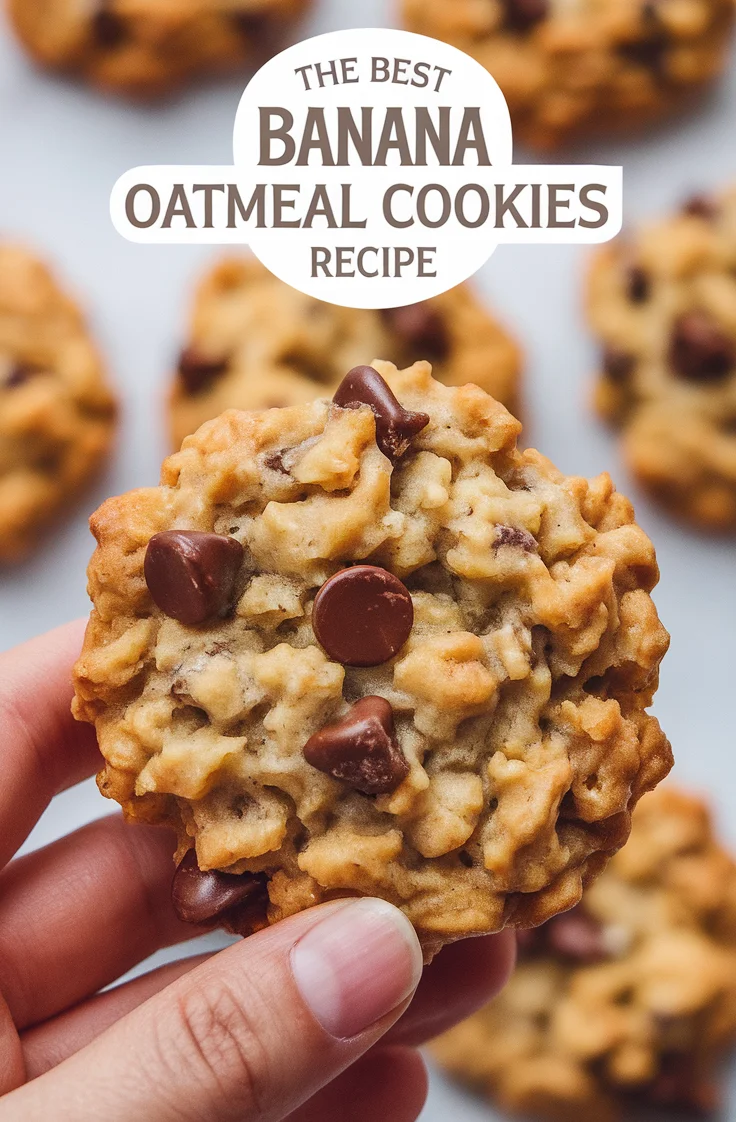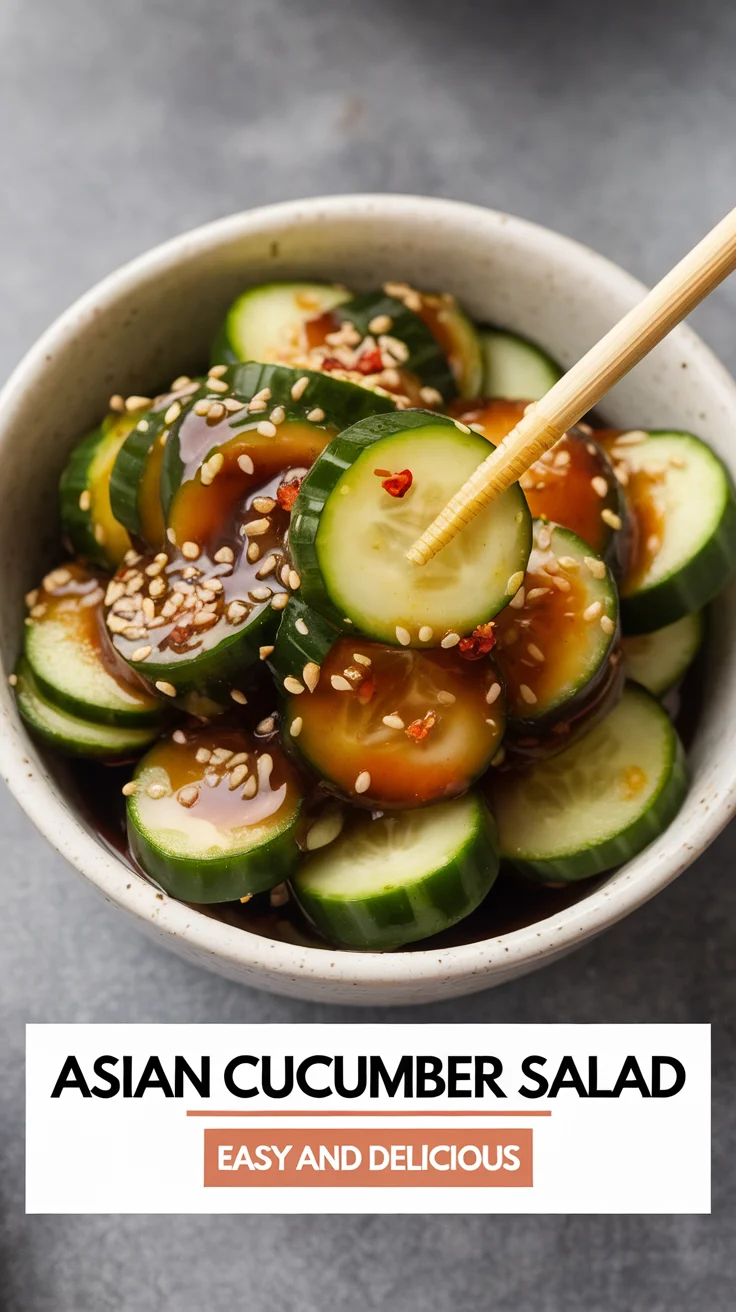If you’re looking to add a burst of flavor, color, and crunch to your meals, pickled red onions are an absolute kitchen must-have. Whether you sprinkle them on tacos, toss them into salads, or layer them over burgers, these tangy, slightly sweet onions transform ordinary dishes into memorable culinary experiences. In this article, we’ll walk you through the definitive pickled vegetables recipe for red onions — a quick, easy, and foolproof way to enjoy this delicious condiment. We’ll also dive deep into the world of pickled foods, sharing tips, tricks, and ideas for incorporating pickled veggies into your daily cooking.
From quick pickled red onions to creative uses of pickled veggies and insights inspired by culinary features like Midwest Living, you’ll discover why pickling is a beloved tradition and how it can elevate your home cooking.
What Makes Pickled Red Onions So Special?
Pickled red onions are uniquely prized for several reasons:
- Vibrant Color: Their beautiful magenta hue adds instant visual appeal to any plate.
- Balanced Flavor: Pickling softens the onion’s sharpness while infusing it with a pleasant tang and subtle sweetness.
- Crunchy Texture: The vinegar brine preserves a satisfying crunch that contrasts beautifully with soft foods.
- Versatility: They pair well with a wide range of cuisines — from Mexican and Mediterranean to American BBQ.
- Shelf Life: Quick pickling allows onions to keep for weeks, making them a convenient pantry staple.
Unlike raw onions that can overwhelm a dish, pickled red onions add a refreshing zest and brightness that enhances flavor complexity.
The Art and Science of Pickling: Pickled Vegetables Recipe Fundamentals
Pickling is one of the oldest food preservation techniques, dating back thousands of years. It works by soaking vegetables in an acidic medium, usually vinegar, often combined with salt, sugar, and spices. This acidic environment prevents spoilage by harmful bacteria while enhancing the food’s flavor and texture.
There are two main types of pickling:
- Quick Pickling: Vegetables are submerged in a hot vinegar-based brine and refrigerated. This method is fast and safe, allowing you to enjoy pickled veggies within hours or days.
- Fermentation Pickling: This process relies on naturally occurring beneficial bacteria to ferment the vegetables over days or weeks, producing probiotic-rich foods like kimchi and sauerkraut.
Our focus here is on quick pickled red onions — a simple, no-fuss approach that anyone can master.
Step-by-Step: How to Make the BEST Quick Pickled Red Onions
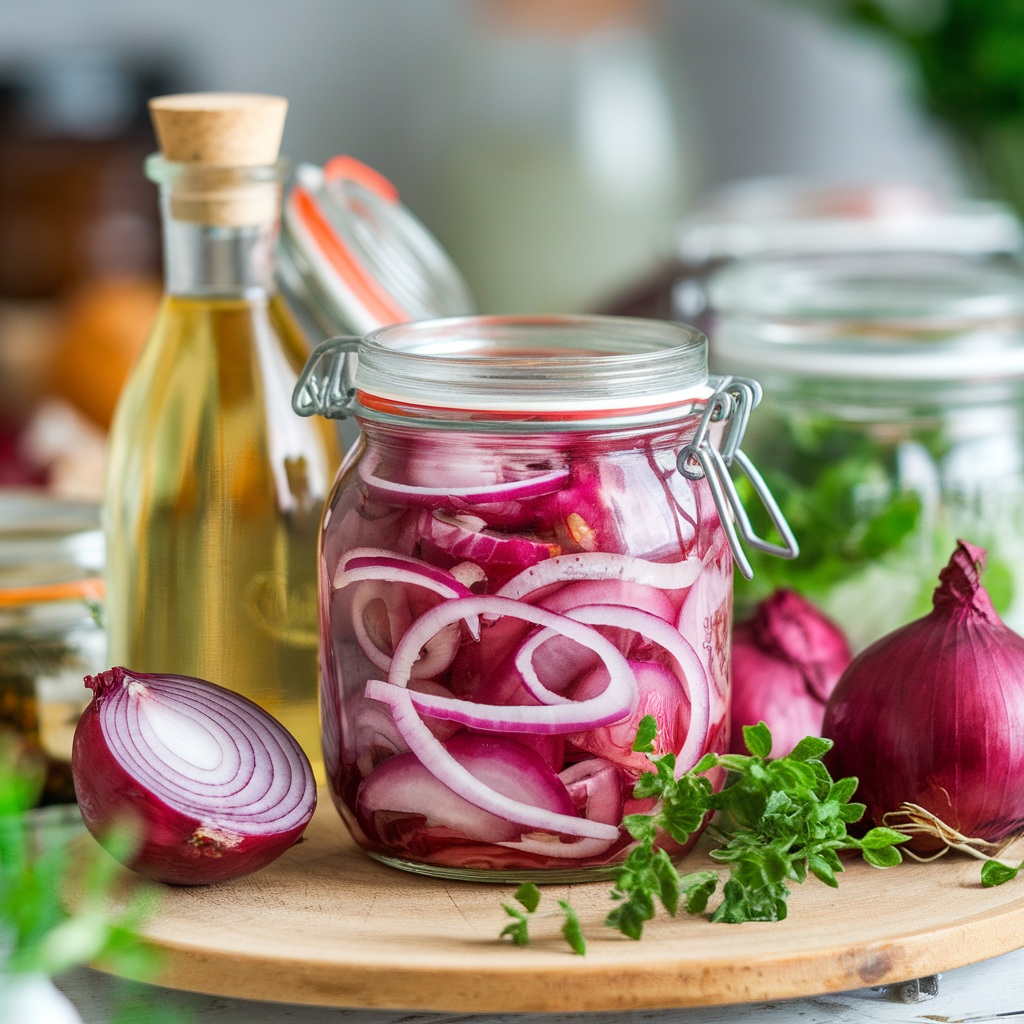
Ingredients You’ll Need:
- 2 large red onions: Their natural sweetness and color make them ideal for pickling.
- 1 cup apple cider vinegar: Offers a fruity, mild acidity. You can substitute white vinegar or red wine vinegar for different flavor notes.
- 1 cup water: Dilutes the vinegar to balance acidity.
- 1 tablespoon granulated sugar: Adds subtle sweetness to round out the tang.
- 1 ½ teaspoons salt: Essential for flavor and preservation.
- 1 teaspoon whole black peppercorns: Adds warmth and complexity.
- 2 cloves garlic, smashed (optional): For aromatic depth.
- 1 bay leaf (optional): Adds a herbal note.
Equipment:
- Clean glass jar or airtight container
- Sharp knife or mandoline for slicing onions
Instruções:
- Slice the onions thinly: Use a sharp knife or mandoline to slice the red onions into thin rings or half-moons. Thin slices help the brine penetrate quickly.
- Prepare the pickling brine: In a small saucepan, combine the vinegar, water, sugar, salt, peppercorns, garlic, and bay leaf. Heat gently over medium heat, stirring occasionally, until the sugar and salt dissolve fully. This usually takes 3-5 minutes. Remove from heat.
- Pack the onions: Place the sliced onions into the clean jar. Pack tightly but don’t crush.
- Add the brine: Pour the hot brine over the onions, making sure they’re completely submerged. If needed, press the onions down with a spoon.
- Cool and refrigerate: Let the jar cool to room temperature. Cover and refrigerate.
- Wait for the magic: Though you can eat your pickled onions in as little as 30 minutes, letting them sit for 24 hours yields the best flavor and texture.
How to Customize Your Pickled Onions: Flavor Variations
One of the joys of pickling is its flexibility. Here are some ideas to personalize your pickled vegetables recipe:
- Picante Chute: Add red pepper flakes, sliced jalapeños, or mustard seeds for heat.
- Herbal Notes: Toss in fresh thyme, rosemary, or dill for added aroma.
- Sweet and Tangy: Increase sugar slightly and add slices of fresh ginger.
- Sabor Defumado: Incorporate smoked paprika or chipotle powder into the brine.
- Citrus Zest: Add lemon or orange peel for a bright, zesty twist.
Experimenting with spices and aromatics lets you tailor the flavor profile to your favorite cuisines or dishes.
Storing Your Pickled Red Onions: Tips for Longevity
- Keep the onions submerged in the brine to prevent spoilage.
- Use clean utensils each time you remove onions to avoid contamination.
- Store in an airtight container in the refrigerator.
- Properly stored, they last up to 3 weeks, sometimes longer.
Beyond Red Onions: Exploring Other Pickled Vegetables
Enquanto red onions steal the spotlight, there is a whole world of pickled veggies waiting to be discovered. Popular choices include:
- Pickled cucumbers: The classic “pickles” that come in countless varieties from dill to bread-and-butter.
- Pickled carrots: Crunchy and sweet, often combined with ginger or chili.
- Pickled radishes: Peppery and crisp, perfect for garnishes.
- Pickled cauliflower: Mild and crunchy, often pickled with turmeric for color.
- Pickled green beans: Great for snacking or cocktails like Bloody Marys.
Each vegetable requires slight adjustments in slicing, brining time, and spices, but the core pickling principles stay the same.
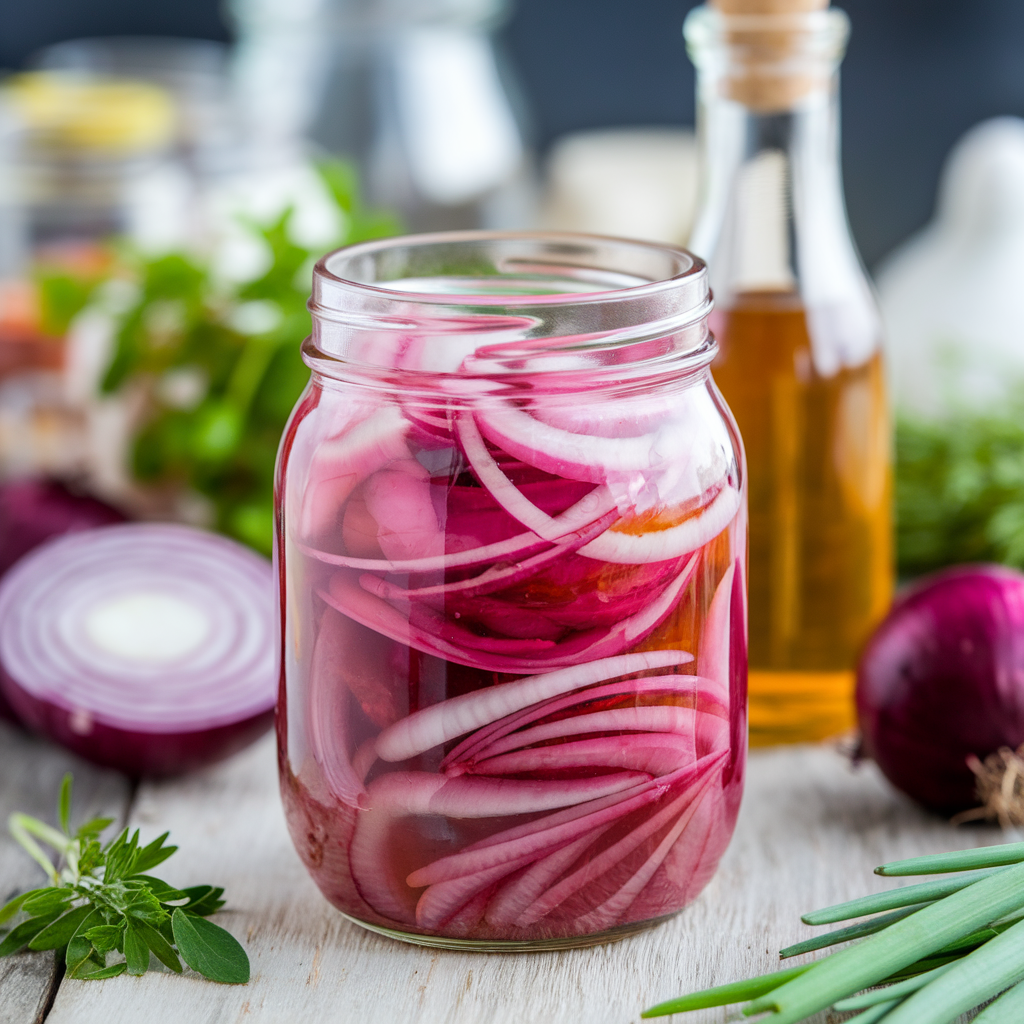
Incorporating Pickled Red Onions Into Your Cooking
Here are some inspired ways to use your homemade quick pickled red onions:
1. Taco Toppings
Pickled red onions add a tangy crunch that perfectly balances rich meats, creamy sauces, and fresh herbs on tacos or burritos.
2. Salads and Bowls
Add them to green salads, grain bowls, or pasta salads to brighten flavors and introduce a satisfying crunch.
3. Sandwiches and Burgers
Swap out raw onions for pickled ones to add a layer of complex flavor and cut through fatty or cheesy components.
4. Charcuterie and Cheese Boards
Their acidity pairs well with rich cheeses, cured meats, and crusty bread, adding contrast and freshness.
5. Grain and Veggie Bowls
Top roasted vegetables, quinoa, or rice bowls for texture and zing.
6. Pizza and Flatbreads
Scatter over pizza or flatbread just before serving for a tangy contrast to melted cheese.
Pickled Foods: A Global Culinary Tradition
Pickling is a universal culinary technique, beloved in many cultures:
- In Korea, fermented pickled cabbage becomes kimchi — a spicy, probiotic powerhouse.
- In Eastern Europe, pickled cucumbers and sauerkraut are staples in hearty meals.
- Mexican cuisine uses quick pickled vegetables like red onions and jalapeños to brighten rich dishes.
- Middle Eastern mezze often includes pickled turnips, cucumbers, and olives.
This tradition unites diverse flavors and cooking styles, reflecting local ingredients and tastes.
The Health Benefits of Pickled Vegetables
While their tangy taste steals the show, pickled vegetables also offer nutritional perks:
- Low in calories: Great for adding flavor without extra calories.
- Rich in antioxidants: Onions contain quercetin, an antioxidant linked to many health benefits.
- Probiotics (if fermented): Some pickled foods provide beneficial gut bacteria, improving digestion and immunity.
- Better nutrient absorption: Acidity can enhance absorption of certain nutrients.
Remember, quick pickled veggies like our red onions don’t typically contain probiotics, but they still provide excellent flavor and nutrition.
Quick Pickled or In a Pickle? Troubleshooting Common Issues
Sometimes, pickling can leave you feeling “in a pickle” about the results. Here’s how to troubleshoot common problems:
- Too sour: If your onions taste overpoweringly acidic, try rinsing them lightly before serving or add a little sugar to the brine next time.
- Too salty: Soak the onions in water for 10-15 minutes to reduce saltiness.
- Mushy texture: Slice onions too thin or pickle too long can cause softness. Keep slices moderate and enjoy within a few weeks.
- Dull color: Red onions usually maintain their bright color, but sometimes a longer soak in vinegar dulls the vibrancy. Use fresh onions and quick pickling to preserve color.
Pickled Red Onions in Midwest Living and Popular Culture
Publications like Midwest Living highlight the resurgence of pickled vegetables recipes in home cooking. These features celebrate how pickled veggies bring brightness and flavor to Midwestern comfort foods, BBQ, and everyday meals.
The appeal lies in the simplicity, flavor boost, and preservation benefits. Quick pickled red onions, in particular, offer an easy upgrade for home chefs looking to add gourmet flair with minimal effort.
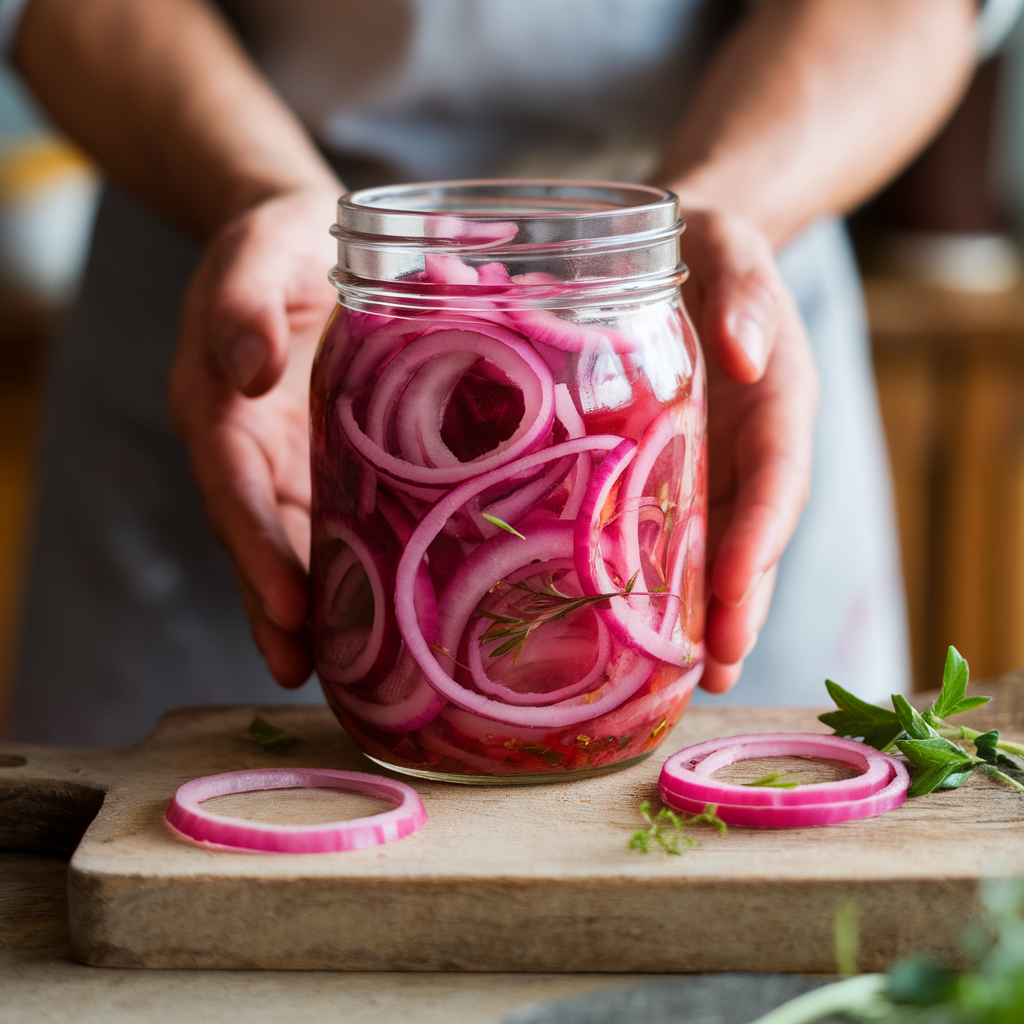
FAQs About Quick Pickled Red Onions and Pickled Vegetables
Q: How quickly can I eat my pickled red onions?
A: You can eat them after 30 minutes, but flavors deepen and improve after 24 hours.
Q: Can I pickle other onions?
A: Yes, yellow and white onions work, but red onions offer the best color and sweetness.
Q: Do I need to boil the vinegar?
A: Yes, heating the vinegar helps dissolve sugar and salt, releasing flavors from spices.
Q: What vinegar is best for pickling?
A: Apple cider vinegar is mild and fruity, but white, red wine, or rice vinegar all work well.
Q: Are pickled red onions vegan and gluten-free?
A: Yes, they are naturally vegan and gluten-free.
The Science Behind Pickling: How Vinegar Preserves Food
The acidic nature of vinegar (typically 5% acetic acid) creates an environment hostile to bacteria that cause spoilage. Salt in the brine draws out moisture, which inhibits microbial growth, and sugar balances flavor and supports texture.
In fermentation pickling, lactic acid bacteria convert natural sugars into lactic acid, preserving the vegetables and creating beneficial probiotics.
Quick pickling skips fermentation, relying on vinegar’s acidity, so it’s faster but lacks probiotic benefits.
Expanding Your Pickled Vegetable Collection
Once you master quick pickled red onions, try these easy pickled vegetable ideas:
- Pickled Carrots with Ginger: Slice carrots into sticks, add sliced ginger and chili flakes to brine.
- Pickled Cucumbers: Classic dill pickles with garlic and fresh dill sprigs.
- Pickled Radishes: Quick pickled with vinegar, sugar, salt, and peppercorns for a peppery crunch.
- Pickled Cauliflower: Add turmeric to brine for color and mild earthiness.
- Pickled Green Beans: Great for snacking or cocktail garnishes.
Each veggie adds new colors, textures, and flavors to your meals.
Conclusion: Why You Should Start Making Quick Pickled Red Onions Today
Pickled red onions are a game-changer in any kitchen. They’re easy to make, store well, and add incredible flavor and visual appeal to countless dishes. From tacos to salads, sandwiches to grilled meats, their tangy crunch brings life to your meals.
Inspired by the rich tradition of pickled foods and endorsed by culinary authorities like Midwest Living, quick pickling is a technique every home cook should embrace. Once you’ve mastered this simple pickled vegetables recipe, you’ll find yourself reaching for these zesty onions time and again — a pantry essential that’s as practical as it is delicious.
So don’t stay “in a pickle” about how to brighten your meals. Grab some red onions, vinegar, and spices, and start your pickling adventure today. Your taste buds will thank you!
